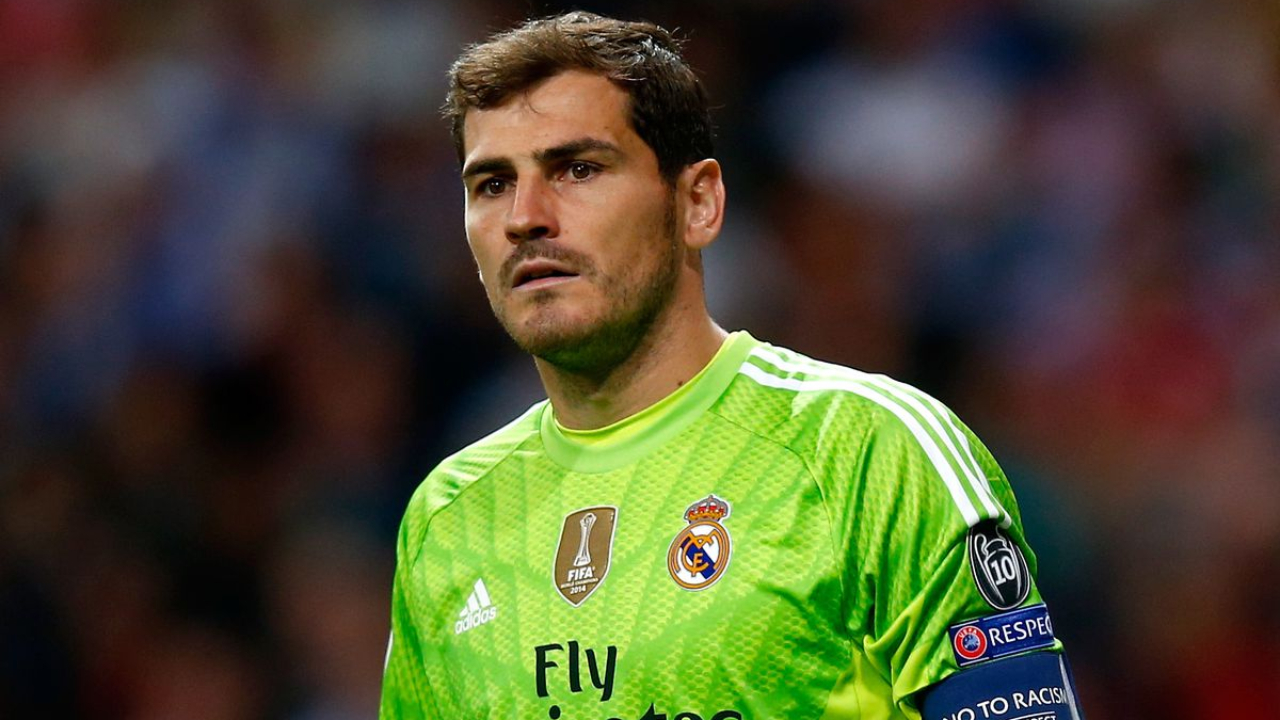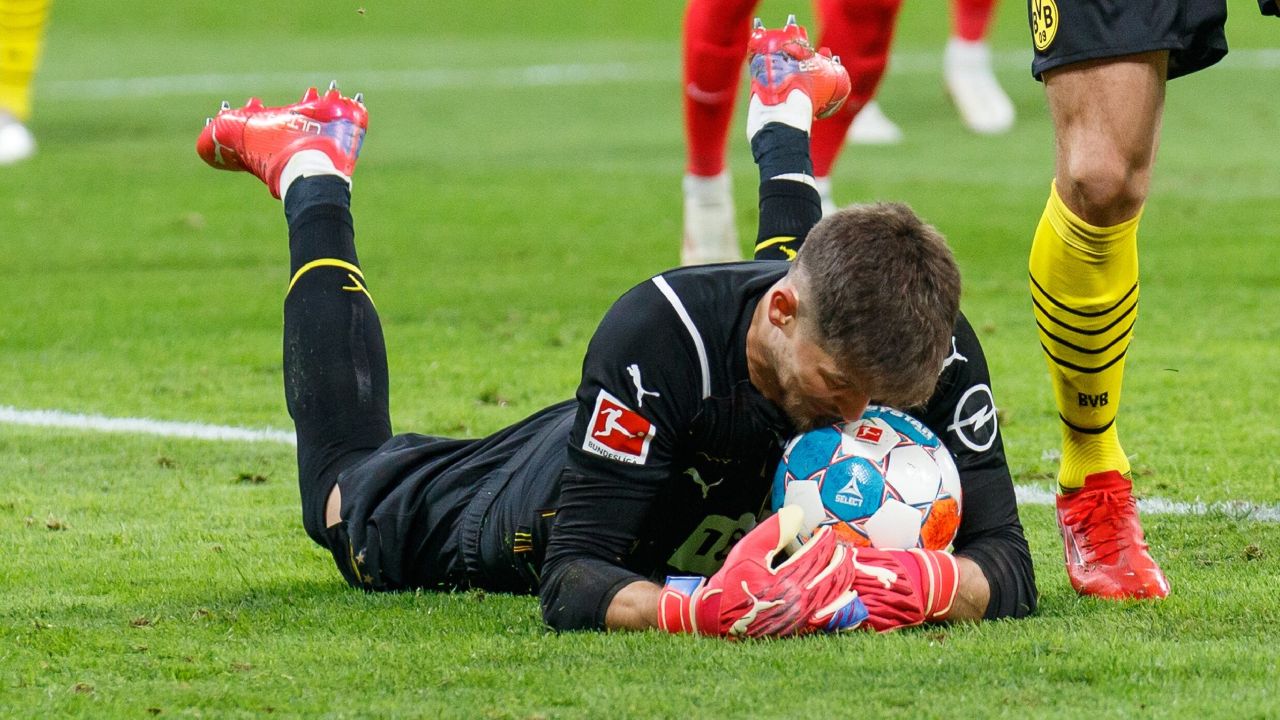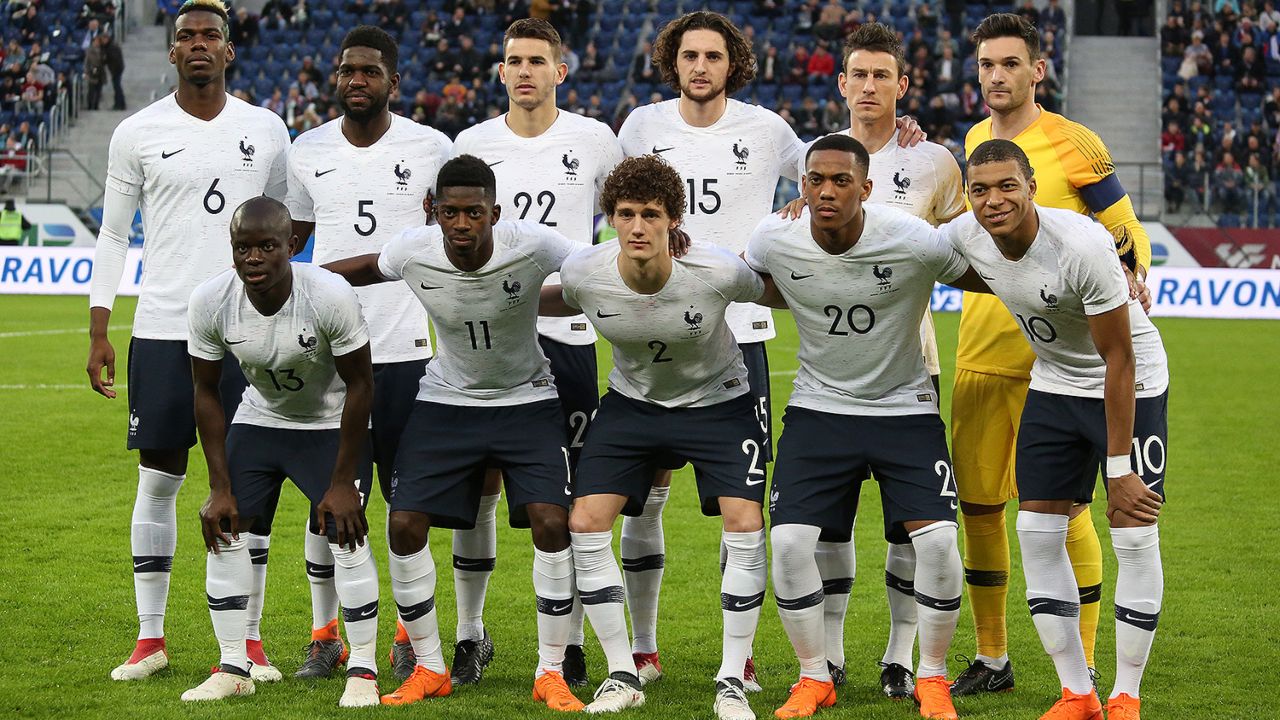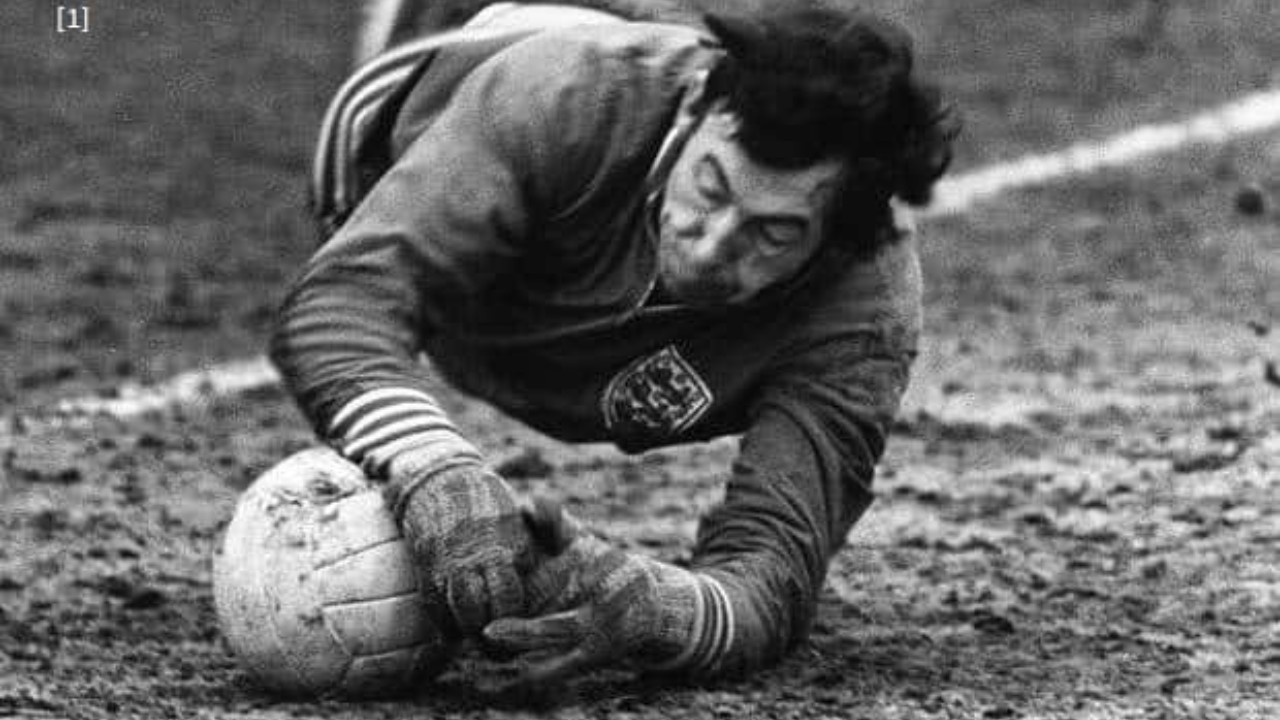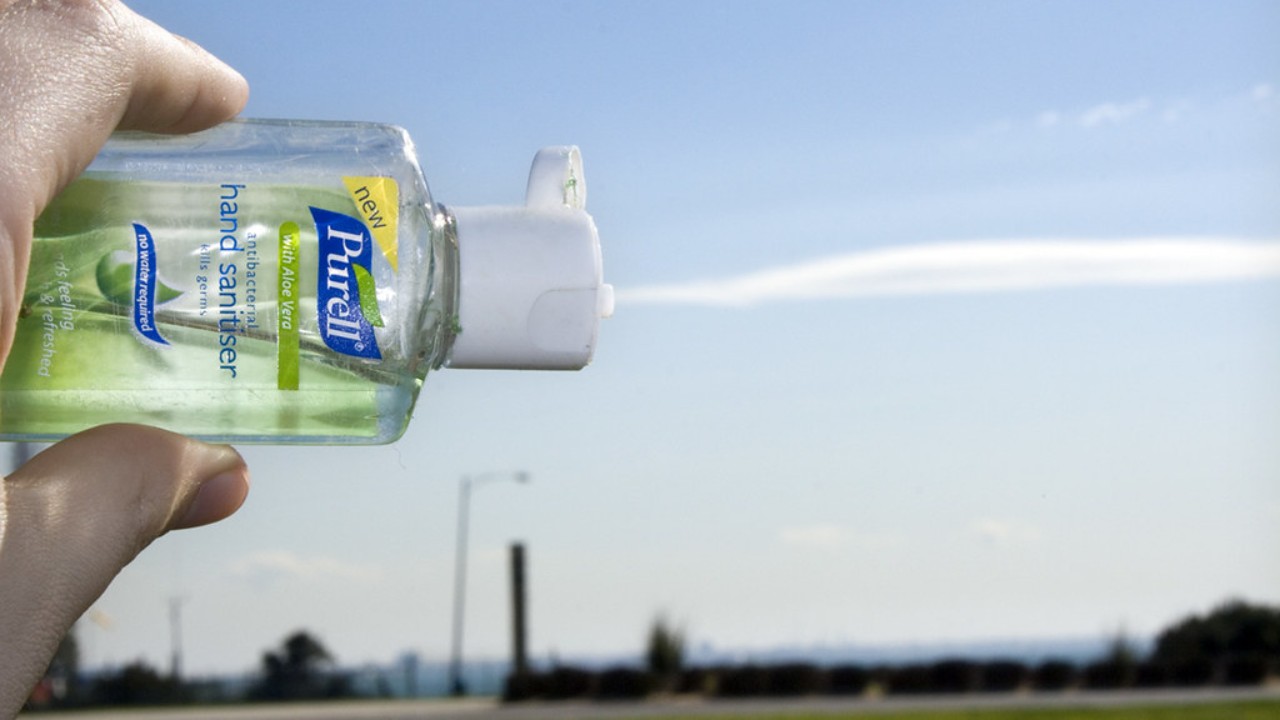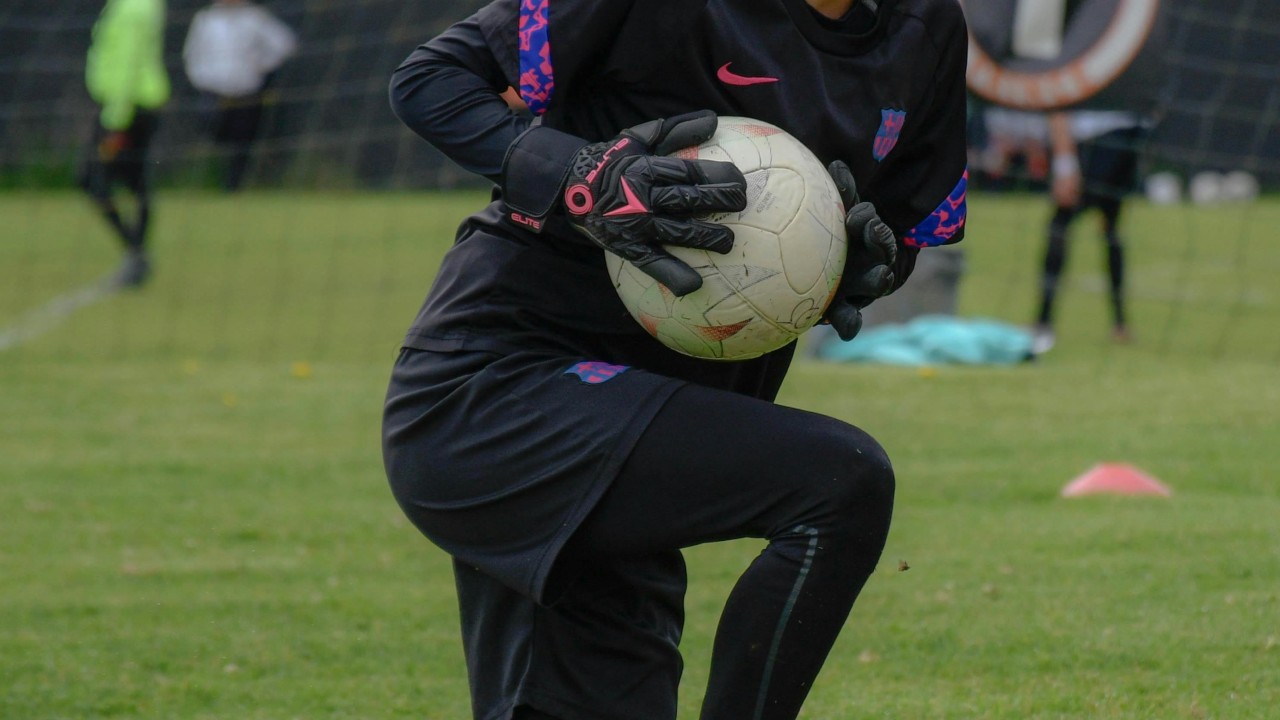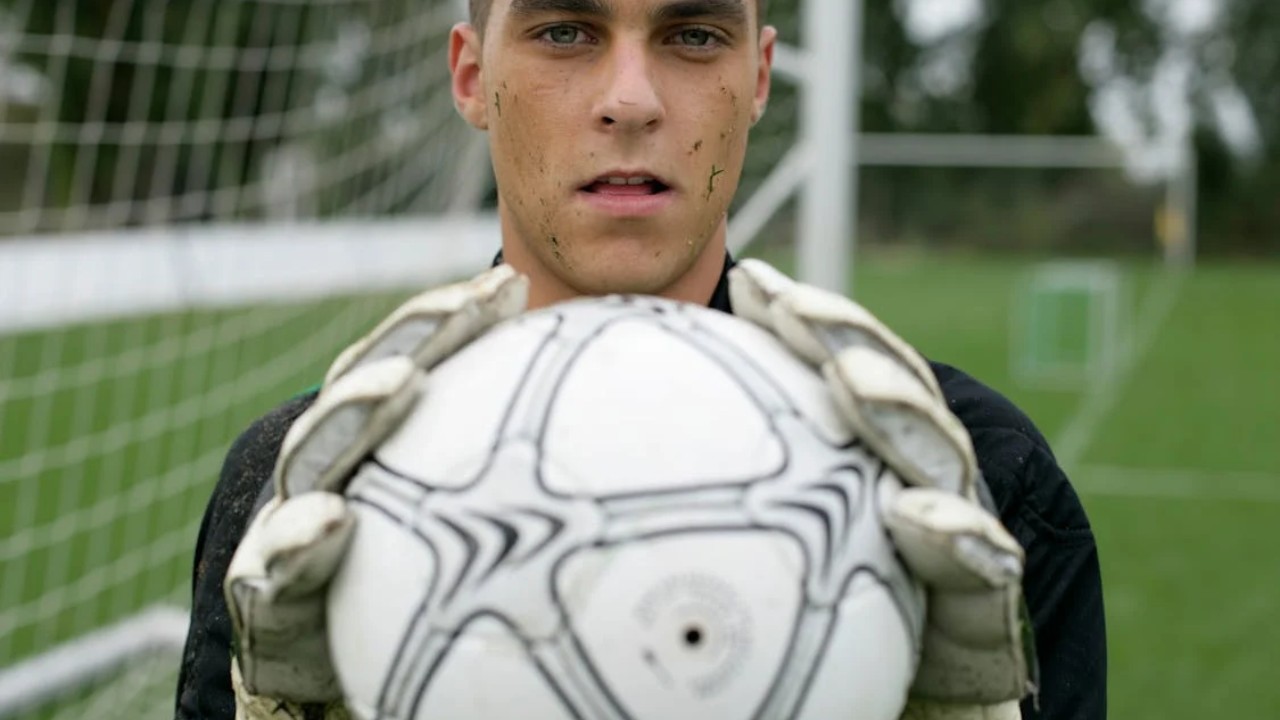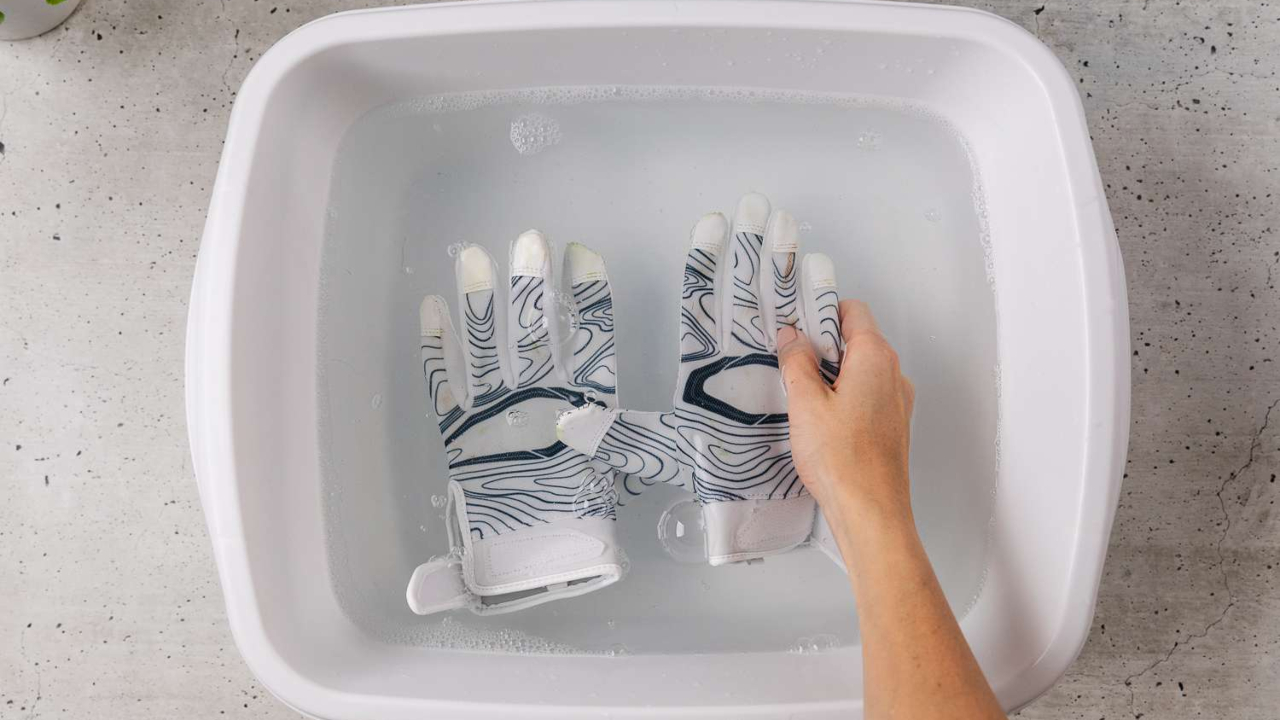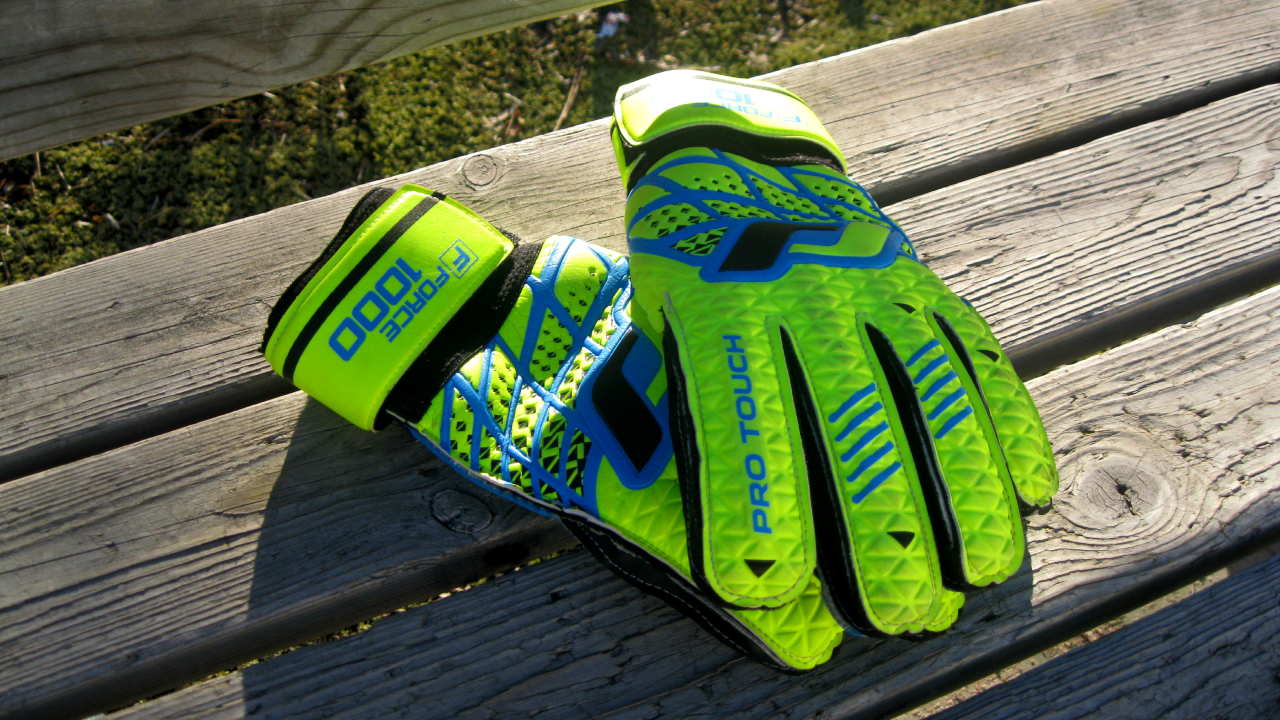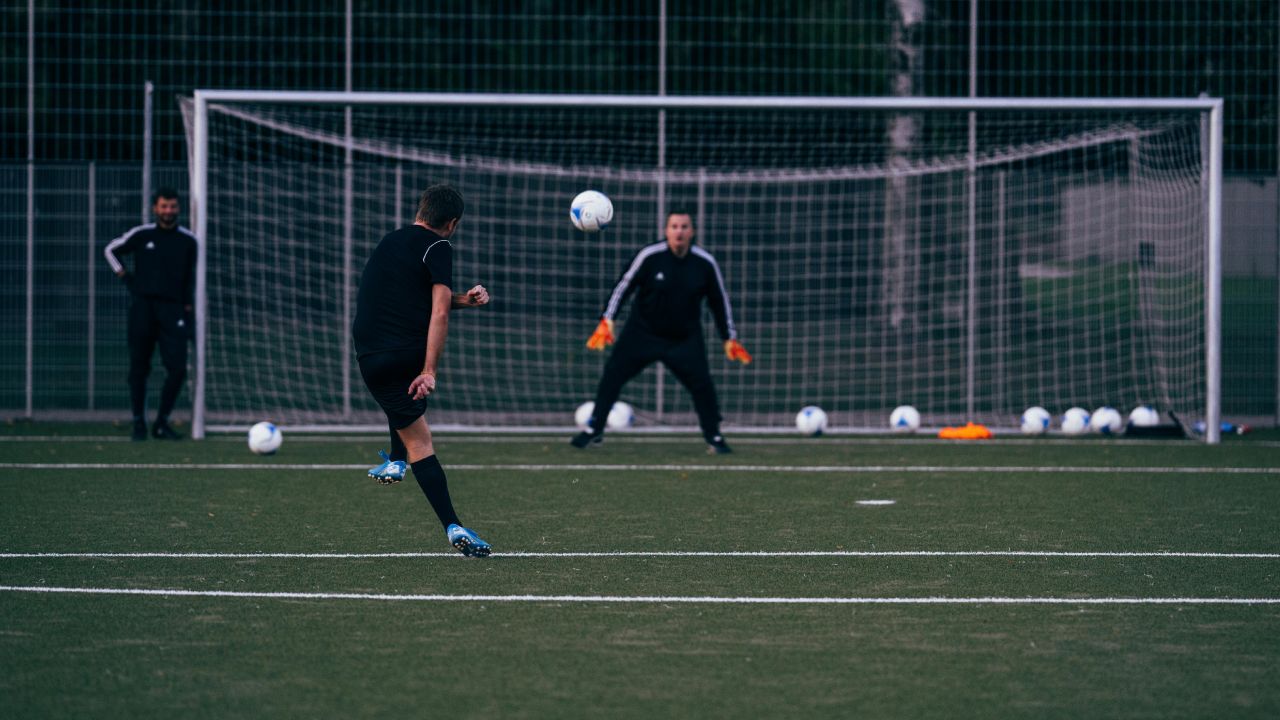Maintaining goalkeeper gloves is crucial to guarantee optimum performance, increase glove endurance, and offer sufficient safety and comfort during tournaments and practice sessions. Proper care and maintenance will maximize their performance and ultimate durability. While maintaining Goalkeeper gloves, you must take care of their hygiene. Cleaning the gloves regularly decreases the chances of infection and makes them smell fresh. Protection from weather conditions is another crucial factor in maintaining goalkeeper gloves. Humidity can harm latex, while severe heat or cold may affect its characteristics. Good care prevents the gloves from these elements and keeps them functional in various weather conditions. Goalkeeper gloves are essential additions that provide the required safety for the hands while also considerably improving grip during matches. They enhance a goalkeeper’s performance, security, and confidence on the field, making them a fundamental tool for all goalkeepers.

Understanding the Materials and Maintaining Goalkeeper Gloves
Latex
Latex is a naturally occurring rubber material widely used for goalie glove palms. It gives goalkeepers a tremendous grasp on the ball, helping them to make safe catches.
Latex is recognized for its excellent ball grip; despite that, it wears out quite rapidly, especially in harsh conditions such as artificial grass; weather conditions can alter its durability.
Synthetic
Materials like polyurethane (PU) or polyethene are utilized in keeper gloves as a substitute for natural latex. Because of their resilience and lifespan, synthetic gloves are ideal for more challenging playing conditions.
Despite the improvements in synthetic materials over time, they still cannot compete with the grip offered by pure latex gloves. The feel of the ball could feel more natural and soft than that of latex gloves, which may hinder ball control and touch.
Hybrid
As the name implies, hybrid is the combo of both materials mentioned above. Latex and synthetic materials are combined in hybrid keeper gloves. The latex palm provides exceptional grip and ball control, while the synthetic backhand provides more durability and weather resistance.
Hybrid gloves provide a balance between durability and grip, and they are versatile as they perform well in various weather conditions. But they are usually higher in price as they provide a combination of materials and innovative technologies. they aim to provide a firm grip but don’t match the level of natural latex.
The material of a goalie glove is selected by keeping some factors in view like weather conditions (i.e., Wet weather, Dry weather, and Hot weather), playing surfaces (i.e., Natural grass, Artificial turf, and indoor surfaces), playing style (i.e., Shot Stopping vs. Sweeper Keeper) and budget constraints. It’s excellent practice to keep several pairs of gloves suited to various circumstances to ensure you’re always ready for any situation on the pitch.

Cleaning and Washing Techniques: A step by step guide
1. Prepare all the necessary Cleaning Materials like a bowl or sink, lukewarm water, and a mild detergent.
2. Remove all the unnecessary Dirt and Debris.
3. Hand Wash the Gloves in soapy lukewarm water.
4. Clean the palms and fingers of the gloves with a sponge. Be gentle, and avoid harsh scrubbing as it can cause damage to gloves.
5. Pay Attention to Areas with Stubborn Stains. A soft-bristled toothbrush or a specialized glove brush can remove these stains.
6. Rinse thoroughly and gently squeeze out excess water.
7. At the end, towel dry or air dry the gloves.
Drying and Storage
Do not expose your gloves to direct sunlight; let them dry at room temperature or gently dry them with a towel. Once they are done, store them in a dry and cool place. It will enhance their lifespan and durability.
Drying goalie gloves using air or a glove dryer can be practical. In maintaining goalkeeper gloves, it is critical to put first the gloves’ overall health and endurance by preventing high heat and carefully storing them while not in use.
Patching and Repairing Gloves
Things we needed in patching and repairing the gloves:
· Goalkeeper gloves
· Latex patch
· scissors
· Latex glue or adhesive
· Small brush or applicator
· Fine sandpaper
· Towel
Steps include:
· Ensure you have cleaned the gloves thoroughly and removed all the dirt before patching them.
· Cut a piece of latex patch a little bit bigger than the spot that needs to be repaired with scissors. the patch must be of a similar material as your gloves.
· Prepare the Glove Surface
· Put a light coating of latex glue or adhesive to the glove region and the opposite side of the latex patch.
· Paste the latex patch on the affected part with care, ensuring it is appropriately aligned. Firmly press down to achieve appropriate adherence.
· Allow at least a couple of hours for the gloves to dry to guarantee a solid binding.
· Examine all sides of the patch once it has dried to verify they are properly bonded. Add some additional latex glue to any loose edges to strengthen them.
· With a moist cloth or towel, remove any extra glue that may have leaked out during the patching operation.
Pre-game glove preparation
Make Goalkeeper gloves sticky before each match or training session. The latex will be activated and improved by lightly wetting them with water or using a damp towel. Excessive moisture can cause early wear and tear, so don’t apply excessive water.
In-Game Glove Care
1. If you detect slight tears or cuts on your gloves while in the game, use sticky or athletic tape to repair them momentarily.
2. Keep an extra pair of gloves on hand during the game. If your existing gloves sustain severe damage that impairs performance, you can exchange them for the backup set.
3. After the game, carefully examine your gloves. Clean and repair small tears and determine if the items are still usable. Consider expert repair or purchasing a new pair of gloves if your gloves have substantial damage.
Seasonal Maintenance
Once your gaming session is over, clean thoroughly, use a glove bag, don’t fold or crimp, store inside, and check regularly. These tips are essential in maintaining goalkeeper gloves in the off-season. You can keep your goalkeeper gloves in good shape throughout the off-season by following these storage suggestions.
Extending the Lifespan of Goalkeeper Gloves
These steps must be followed:
- Keep your gloves clean after every use
- Avoid Harsh Surfaces, and do not rub your gloves against any rough surface as it can harm the latex or materials used.
- If you have any spare pair of gloves, rotate them between the matches and let each pair dry completely.
- Naturally, air dry your gloves after every match; avoid direct sun or any other heat source, as it can damage the gloves.
- Store them in a cool and dry place or glove bag to avoid dust and moisture.
- Trim your nails to avoid an accidental tear or cut on the gloves
- Use Glove Wash
- Avoid washing machines as they can damage the glove’s grip.
- Use Proper Technique
- Check your gloves regularly and address any damage as early as possible before it worsens.
- Invest in quality gloves for better performance on the field and durability.
Frequently Asked Questions (FAQs)
Q: How often should I clean my goalkeeper gloves?
A: You must clean your gloves after every use, as it enhances their durability, lasts longer, and enhances your performance on the field.
Q: Can I machine wash my gloves?
A: No, you must avoid washing your gloves in the machine, as it can harm the latex and synthetic materials used in your gloves.
Q: Are there any natural remedies for removing glove odors?
A: Yes, several remedies like Baking Soda, Activated Charcoal, Lemon Juice, Tea Bags, and Essential Oils can be used to remove glove adore.
Q: What is the typical lifespan of goalkeeper gloves?
A: The typical lifespan of goalkeeper gloves may differ based on some components, such as how often they are used, the playing surface, the goalkeeper’s playing style, and how well they have been maintained. High-quality goalkeeper gloves can last anywhere from 20 to 40 games or 3 to 6 months with consistent wear.
Q: Should I wear my gloves tightly or loosely?
A: Goalkeeper gloves should fit snugly but not too tight or loose.


